After 27 years in Calgary, dee Hobsbawn-Smith now resides in Treaty Six Territory, on family land west of Saskatoon with her husband, the writer Dave Margoshes, and their pets. Dee's poetry, essays, fiction, food writing, and journalism has appeared in newspapers, magazines, literary journals, websites, and anthologies in Canada and the USA. Her debut poetry collection, Wildness Rushing In, came out with Hagios Press in 2014, and was a finalist for two SK Book Awards. Her first short fiction collection, What Can't Be Undone, was published by Thistledown Press in 2015. Foodshed: An Edible Alberta Alphabet was published by Touchwood editons in 2012 and explores the issues and politics of sustainable [agri]culture in Alberta, and was awarded three international awards. Bread & Water: Essays was published in 2021 by University of Regina Press, and won Best Nonfiction Award at the SK Book Awards, and the Gold Medal by Taste Canada for Best Culinary Narrative. Bread & Water was selected by the Saskatchewan Libraries Association as the 2025 One Book One Province selection. Dee is a graduate of the MFA in Writing program and holds an MA in English, both from the University of Saskatchewan in Saskatoon. Her debut novel, Danceland Diary, came out in 2022 with Radiant Press, and was a finalist for Best Fiction Award at the SK Book Awards. Her second poetry collection, Among the Untamed, was published by Frontenac House in 2023, and won the Sask Book Awards' Poetry Award in 2024. She served as the 35th Writer in Residence at the Saskatoon Public Library, as the 10th Saskatchewan Poet Laureate, is a past Poetry Editor of Grain magazine, and writes a regular column for Grainews. Please visit www.deehobsbawnsmith.com.
Food Matters: Food in Fiction, Nonfiction, and Poetry
Food is one of our most basic needs, something we require on a daily basis. This can render it practically invisible, so normal an occurrence as to appear unimportant, in life and in literature. But food matters in novels, stories, poetry, and nonfiction, just as surely as it does in life. Writers such as Virginia Woolf, Amy Tan, Nora Ephron, T.C. Boyle, Evelyn Waugh, Margaret Atwood, Lorna Crozier, Maya Angelou, Seamus Heaney, and many others (none of whom claim to be “food writers”) in many eras and genres have found ways to utilize food in their literature in ways that are vital and engaging.
Food can contribute many things on the page. Consider a food’s visceral characteristics – colour, flavour, texture, sounds, shapes, smell, mouthfeel – and how those can be brought to bear in writing to season the text.
But beyond adding description, a specific food can serve many roles – metaphor, theme, symbol, weapon, tool, background, context, fuel, setting, undercurrent, subtext, backstory, as well as its more expected emotional weight in memory and interpersonal relationships. And of course food can be sexualized.
Including food can add vital information and shape to the written work: food can be politicized, business-savvy, addressing point of view issues, and issues related to race, class, gender, poverty and wealth, the profit motive, climate change, work, tourism, travel, consumerism, capitalism, exploitation, child labour, health, wellness, age, exercise – the list is long, and growing longer.
This workshop will explore each writer’s relationship to a particular food or food memory, then use visualization, writing exercises, readings, critique, and discussion to explore transformational approaches that will help each writer reconsider how they can make food matter in their own writing.
WORKSHOP: "Repetitions, Resonance, and Rhythm in Form Poetry: Creating Pantoums, Villanelles, and Sestinas"
This workshop will illustrate the possibilities inherent in experimenting with a piece of work until it arrives at the form that best suits it. Villanelles, pantoums, and sestinas can be magical for reader and writer alike: each relies either on repeated words or repeated phrases (sometimes in a particular order). The repetition of lines or words creates an incantatory rhythm that is seductive and filled with echoes, as meanings and contexts are altered by the re-location of words and phrases.
What exactly are villanelles, pantoums, and sestinas?
A pantoum is a Malaysian form, rhymed or unrhymed, of any length, composed of four-line stanzas in which the second and fourth lines of each stanza serve as the first and third lines of the next stanza. The last line of a pantoum is the same as the first, creating a circular effect. In a pantoum, shifts in meaning occur as repeated phrases are revised with different punctuation and are juxtaposed with other lines. An incantation is created by a pantoum’s interlocking pattern of rhyme and repetition; as lines reverberate between stanzas, they fill the poem with echoes. This intense repetition also slows the poem down, halting its advancement. As Mark Strand and Eavan Boland explain in The Making of a Poem, “the reader takes four steps forward, then two back,” making the pantoum a “perfect form for the evocation of a past time.”
A villanelle is a French form, consisting of five three-line stanzas and a final quatrain, with the first and third lines of the first stanza repeating alternately in the following stanzas. These two refrain lines form the final couplet in the quatrain.
A sestina is a French form, consisting of six stanzas of six lines each and a three-line envoi, or summation. The end words of the first stanza are repeated in a different order as end words in each of the subsequent stanzas; the closing envoi contains all six words, two per line, usually positioned in the middle and at the end of the three lines.



